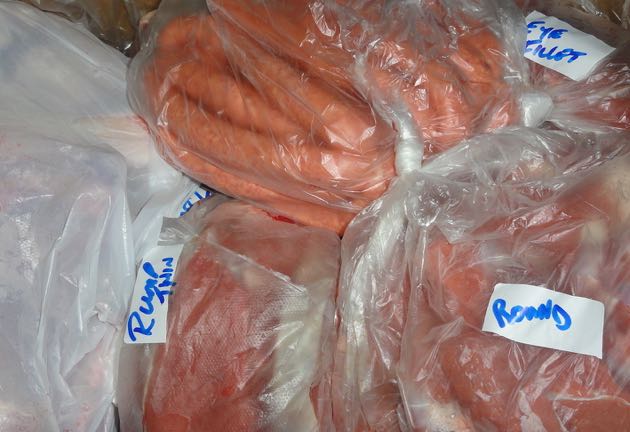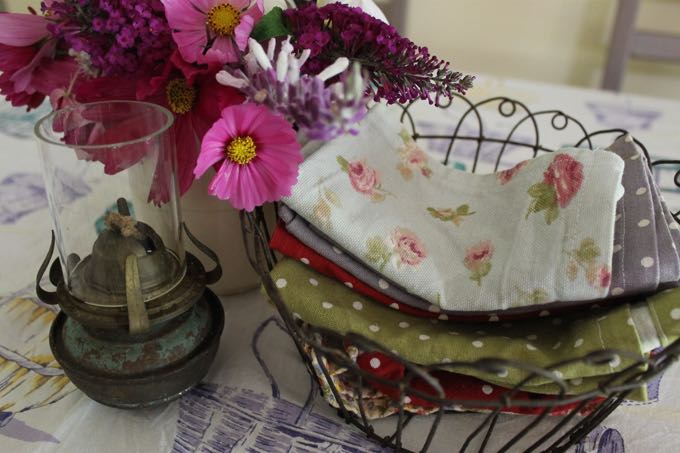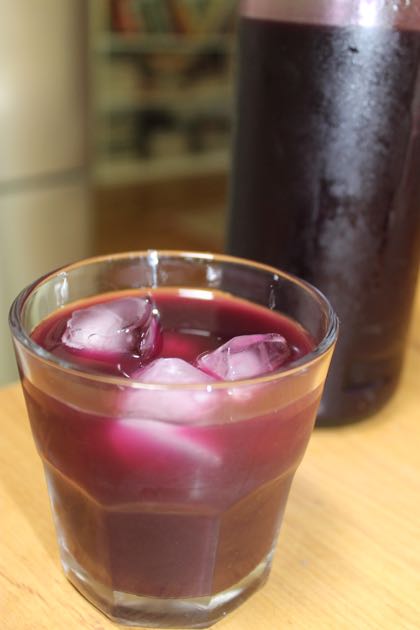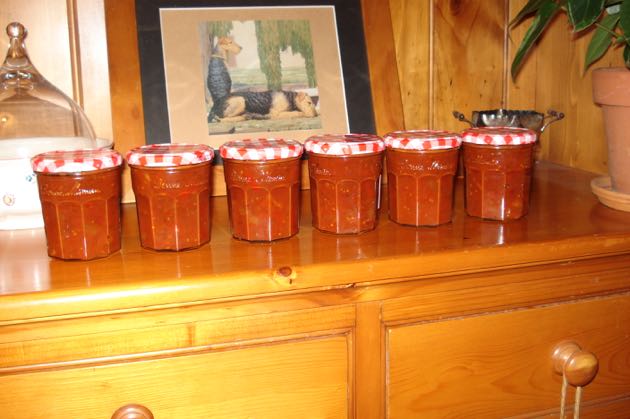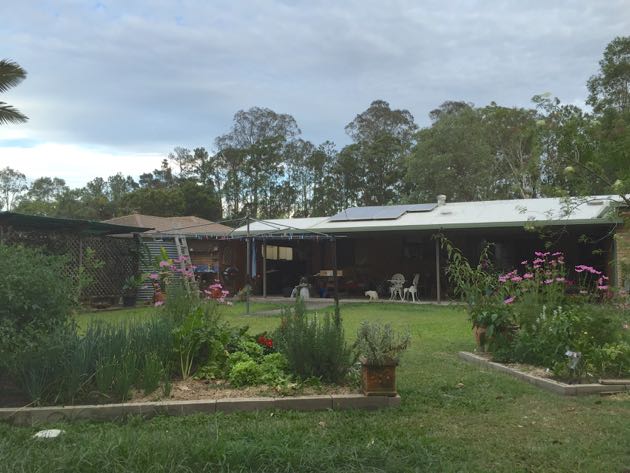Although I was busy on the weekend with this, that and the other, I wanted to make tomato relish to go with the corned beef I'd just cooked for our week's cold cuts. I thought about it for a while and decided that if I took a couple of shortcuts, I could make a decent relish in about 30 minutes, or close to it, of actual work. I checked my stockpile cupboard to see if I had the makings, and yes, I did. Octonauts to the kitchen pod immediately!

It's difficult to streamline preserving recipes because they need the time for the jars to sterilise and on the stovetop simmering while developing flavours. I'm not a fan of microwaved jams and relishes, this is as close as I get to a fast preserving recipe. My stockpile ingredient that made it all possible were four large (440 gram) cans of diced Australian tomatoes. When I knew I had them on hand, I knew I could cook and bottle the relish in the time I had allowed myself. There would be no washing and peeling of tomatoes, no cutting, just take the lid off and pour. I prefer to make relish with fresh tomatoes but I'd rather have this home made relish than no relish, so I just got on with it. Often, close enough is good enough.
Above: the vegetable, spice and vinegar mix, cooking.
Below: and then four large cans of diced tomatoes were added.
I got my Maslin pan on the stove, cut up five smallish onions, a couple of cloves of garlic, one hot chilli, finely diced with half the seeds, the green head of a new bunch of celery, finely chopped, one finely chopped red capsicum, salt, pepper and two teaspoons of good quality curry powder. If you have no curry powder, use a teaspoon of cumin and a teaspoon of turmeric. Add a dash of cooking oil and sauté the vegetables and spice for about five minutes, stirring frequently. You want everything toasted, not dark brown. Instead of using the vegetables I used, use what you have in the garden or fridge. Zucchini, eggplant, more peppers, whatever is on hand will do in a relish, but I do think relish must have onions. Overall though, this is a good recipe for using excess vegetables.

Add the four tins of tomatoes, stir thoroughly, add ¾cup of balsamic vinegar (or any good quality vinegar) and ¾ cup of sugar (brown or white). Stir everything together, bring to the boil and allow to simmer for about an hour. Stir the relish during the hour to make sure it's not burning.
The beauty of the maslin pan is that it allows ingredients to cook without burning, due to the thick base, and the wide top allows steam to easily escape. This assists in giving you a thick relish because much of the water in the tomatoes will evaporate off. If you don't have a maslin pan, use a large saucepan with the widest top you have.
Twenty minutes before the relish will be ready, place washed, wide-mouthed jars in the oven to sterilise. The lids need to be boiled for ten minutes. The jars should be sitting open side up. Set the oven to 150C/300F and allow to heat for 15-20 minutes. Remove the jars from the oven, being careful not to touch the inside.
So the payoff for 30minutes work and about $10 worth of ingredients: nine jars of homemade tomato relish that will serve us well in the months to come.
With the relish hot in the pan and the jars hot from the oven, use a canning funnel or jug to fill the jars. When the jars are full to the brim, use a tea towel to put on the lids and tighten. Turn all the jars upside down and leave them on the kitchen bench to cool overnight. If you sterilised the jars and lids properly and filled them with just boiled relish, the sugar and vinegar will help preserve them in the cupboard for about six months. I think the taste deteriorates after that. If you're not sure of your method, store the jars in the fridge. They'll keep very nicely for a few months.
I just checked the online Woolworths to see how much commercial relish goes for these days. It's anywhere between $3.71 and $7.51 for the Jamie Oliver jar. Pffffffft! So if I were to buy these nine jars it would have cost me somewhere between $33.39 and $67.51. Mine took 30 minutes to make and cost about $10 for all nine jars. And I can tell you this with no doubt, my friends, mine tastes much better than anything mass produced, and I don't care what name they put on it. :- )
Tomato relish is a tasty addition to sandwiches, especially those with meat or cheese. It's excellent as a sauce for BBQed meats, chicken and fish. It's delicious with scrambled eggs or an omelette. If you have no tomato sauce, use the relish as the base layer on your homemade pizzas. It's certainly worthwhile giving 30 minutes to this very versatile relish. Of course it can be eaten the next day but if you leave it to mature for a couple of weeks, the relish will benefit from your patience.
What are your relish, chutney and sauce shortcuts?


